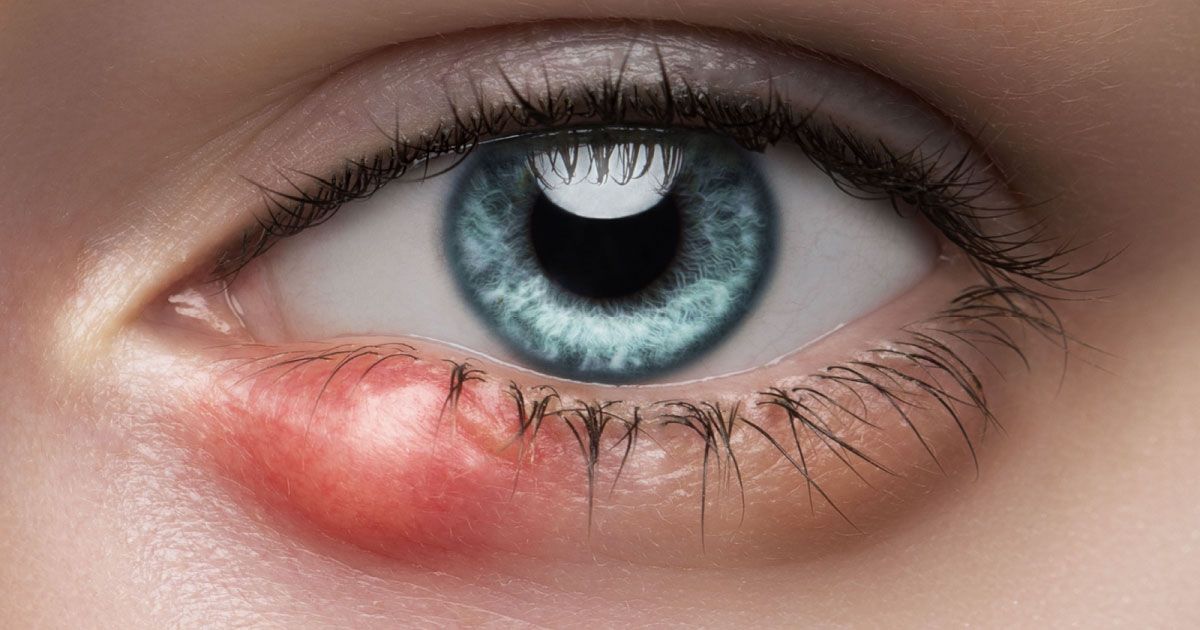A Journey Through Time: Unlocking the Evolution of Eyewear Terminology

Read time: 6 minutes
The use of various names for eyewear has changed over the centuries. Today, terms like eyewear, eyeglasses, and frames are often used interchangeably, but this wasn't always the case. Eyewear has come a long way from its inception and has evolved, not only in design but also in the terminology we use to describe these essential devices. This prompts the question: when did various terms come about to describe our eyepieces and how were they introduced?
Let’s set out on a journey through time and investigate the history of words people use to refer to their spectacles, glasses, or eyewear. From the birth of "spectacles" to the contemporary coolness of "sunnies," each term has a story to tell about the changing trends and technologies surrounding eyewear.
Spectacles
With the invention of eyewear in the 13th century, the term "spectacles" was birthed. Originating from the Latin word "spectaculum," meaning "a show" or "a sight," spectacles were initially basic magnifying lenses mounted on frames. These rudimentary devices served a practical purpose for monks and scholars who needed assistance in reading religious texts and manuscripts. In a society where literacy and knowledge were highly valued, spectacles quickly became a symbol of intellect and wisdom.
As time progressed, the craftsmanship behind spectacles advanced, and their popularity grew. Spectacles evolved from functional aids to refined accessories, adorned by those who sought both clarity of vision and a sense of sophistication. The term "spectacles" encapsulates an era where eyewear was not just a tool for vision correction but also a status symbol, representing an individual's intellectual prowess.
Eyeglasses
The late 15th century witnessed a significant refinement in lens-making techniques, leading to the emergence of the term "eyeglasses." This evolution reflected not only advancements in technology but also a shift in the cultural perception of eyewear. Eyeglasses became associated with the elite and learned individuals of society, symbolizing a connection between clear vision and intellectual acumen.
The term "eyeglasses" denoted a departure from the simple and functional nature of spectacles to a more intricate and aesthetically pleasing design. Frames became finer, and lenses clearer, enhancing the overall appeal of eyewear. This shift marked a turning point where eyeglasses transformed from a pragmatic tool into a fashion statement, setting the stage for the diverse eyewear landscape we know today.
Glasses
As we progress to the 18th century, a more colloquial term, "glasses," takes center stage. Reflecting the era's changing attitudes and fashion trends, "glasses" became the go-to term for eyewear. This period saw a departure from the elaborate and extravagant frames of the past, making way for simpler, more versatile designs.
The term "glasses" embraced a broader spectrum of eyewear styles, accommodating the evolving needs and preferences of a diverse society. Eyewear was no longer reserved for the elite; it became accessible to people from all walks of life. This shift in terminology marked a democratization of eyewear, transforming it into an everyday accessory that transcended social classes.
Specs
The 20th century brought about a trend of abbreviation and informality, giving rise to the term "specs." As society became more relaxed and language evolved, "specs" became a popular colloquialism for eyeglasses. This shift in language mirrored the broader cultural changes of the time, where formality gave way to a more casual and approachable style.
"Specs" not only reflected a change in language but also a shift in the perception of eyewear. No longer confined to the realm of necessity or luxury, eyeglasses, or "specs," became an integral part of everyday life. The term evoked a sense of familiarity, highlighting the universality of eyewear as an essential medical device for people of all backgrounds.
Eyewear
In the latter half of the 20th century, the term "eyewear" emerged as a comprehensive describer, to include the entire spectrum of vision-correcting accessories. This inclusive term reflected the industry's diversification, as it expanded beyond prescription glasses to include sunglasses and various fashion-forward frames. "Eyewear" became a universal term, breaking down barriers of gender, age, and fashion preferences.
As fashion trends evolved and technology continued to advance, the term "eyewear" captured the essence of a dynamic industry that catered to a diverse and ever-changing consumer base. The versatility of the term highlighted not just the functionality of eyewear but its role as a fashion statement and an expression of individuality.
Frames
In the mid-20th century, the focus shifted beyond the lenses to the supporting structure, leading to the popularization of the term "frames." Frames became a significant element in eyewear fashion, with various styles and materials influencing the overall design. This period marked a departure from the understated frames of the past, as bold and innovative designs took center stage.
The term "frames" encapsulated the idea that eyewear was not merely a tool for vision correction but a form of self-expression. From classic and understated to bold and avant-garde, frames became a canvas for creativity. The evolving terminology reflected the importance placed on the aesthetic aspects of eyewear, shaping the industry into the diverse landscape we see today.
Readers
In the late 20th century, the term "readers" gained prominence, specifically referring to magnifying glasses designed for reading purposes. This shift in terminology reflected a renewed focus on functionality, acknowledging the needs of individuals experiencing presbyopia, a common age-related vision condition.
"Readers" catered to a specific demographic, emphasizing practicality over fashion. The term highlighted the role of eyewear not only as a style statement but as a solution to evolving vision needs. "Readers" became a staple for those seeking a functional yet stylish accessory, marking a distinct category within the broader realm of eyewear.
Cheaters
In the 21st century, a more colloquial term emerged for magnifying glasses - "cheaters." While somewhat tongue-in-cheek, this term reflected a cultural shift towards embracing the inevitability of aging eyes. "Cheaters" acknowledged the need for magnification without the formality associated with traditional eyewear, catering to a more casual and self-aware audience.
The term "cheaters" embraced the idea that eyewear, even for specific vision needs, could be infused with humor and playfulness. This evolution in language mirrored the changing societal attitudes towards aging and the acceptance of eyewear as a functional and fashionable accessory, regardless of its purpose.
Shades
The mid-20th century witnessed the rise of the term "shades" alongside the booming popularity of sunglasses as a fashion statement. Initially designed to protect the eyes from the sun's harmful rays, sunglasses evolved into a symbol of style and an accessory that conveyed an air of mystery.
"Shades" encapsulated the cool and enigmatic aura associated with sunglasses. The term marked a departure from the purely functional connotations of eyewear, highlighting the transformative power of sunglasses in shaping one's image. As the fashion industry embraced sunglasses as a must-have accessory, "shades" became synonymous with the epitome of coolness.
Sunnies
In the contemporary era, the term "sunnies" has become a trendy and affectionate moniker for sunglasses. Coined in the early 21st century, "sunnies" encapsulate the casual, laid-back attitude associated with modern eyewear fashion. This term underscores the fusion of style and functionality, reflecting the ever-changing landscape of fashion trends.
"Sunnies" reflect the current cultural shift towards a more informal and expressive language. The term captures the essence of sunglasses as a fashion-forward accessory, breaking away from the formality of traditional eyewear terms. As a playful and endearing term, "sunnies" epitomize the evolving relationship between individuals and their eyewear, embracing the spirit of self-expression and personal style.
The Takeaway
In tracing the evolution of eyewear terminology, from the scholarly "spectacles" to the trendy "sunnies," we discover a rich tapestry of cultural, technological, and fashion changes. Each term represents a distinct chapter in the history of eyewear, reflecting the shifting perceptions of functionality, fashion, and individual expression. As we continue to embrace new styles and innovations, the language we use to describe our beloved eyepieces will undoubtedly evolve, leaving a linguistic legacy for future generations.
So, no matter which term you choose to describe and name your eyepieces, Urban Optiks Optometry in San Diego embraces all the rich history of eyewear linguistics. We offer the finest selection of handcrafted luxury eyewear available in San Diego. Our collection reflects the timeless appeal and cutting-edge styles that have defined the world of eyewear throughout the ages.
The information provided in this article is intended for general knowledge and educational purposes only and should not be construed as medical advice. It is strongly recommended to consult with an eye care professional for personalized recommendations and guidance regarding your individual needs and eye health concerns.
All of Urban Optiks Optometry's blog posts and articles contain information carefully curated from openly sourced materials available in the public domain. We strive to ensure the accuracy and relevance of the information provided. For a comprehensive understanding of our practices and to read our full disclosure statement, please click here.
OUR LATEST POSTS
© Urban Optiks Optometry, Inc. 2009-2025
All Rights Reserved
Location
The Cairo Building
3788 Park Blvd, Suite 5
San Diego, CA 92103
Phone: 619.683.2020
Text: 619.683.2020
Fax: 619.683.2111
Email: info@uoosd.com
Hours
Monday: 9 am – 7 pm
Tuesday: 9 am – 6 pm
Wednesday: 9 am – 6 pm
Thursday: 9 am – 7 pm
Friday: 9 am – 6 pm
Saturday: 9 am – 5 pm
Sunday: Closed


















